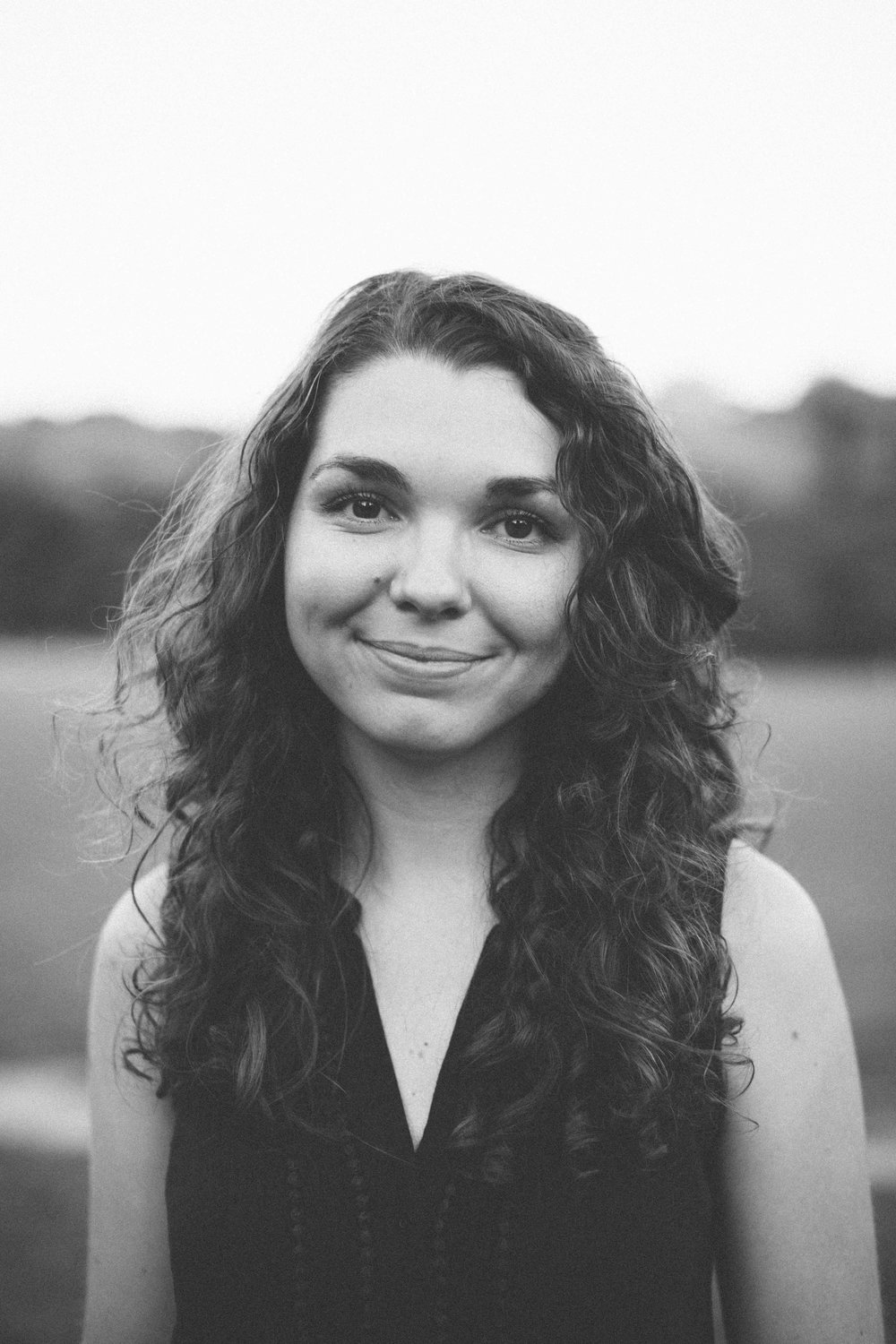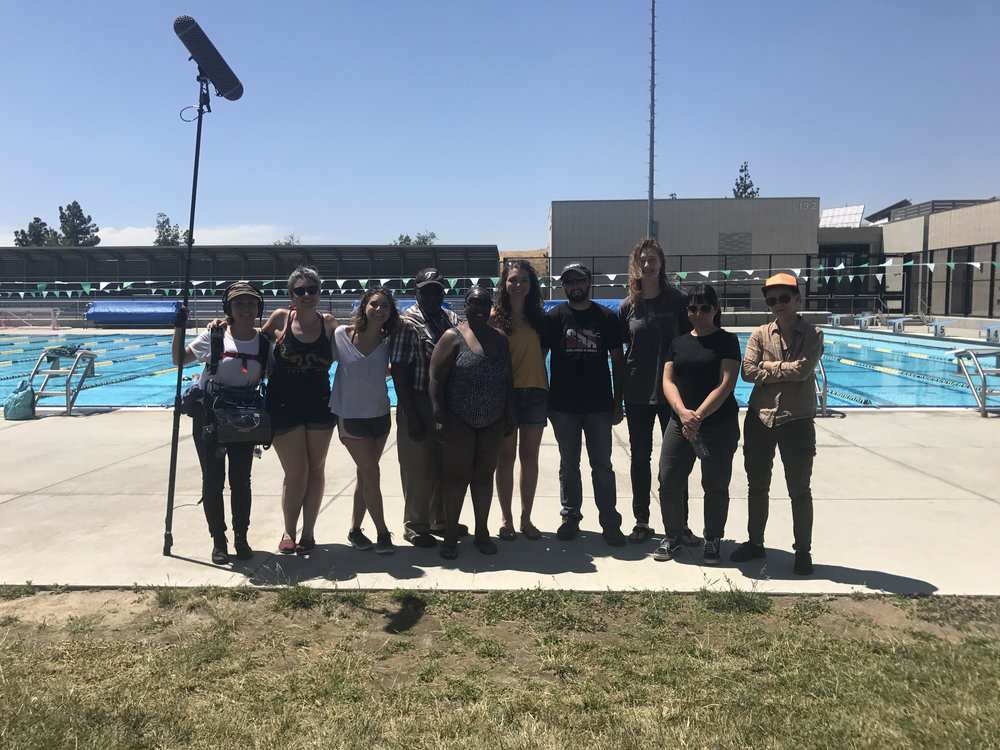

Riley Hooper likes finding real stories that feel like fiction. From talking with the world’s oldest mime, to a 90-year-old downhill skier or a blind swimmer with a fear of water — just to start — Hooper’s documentary work possesses an earnest charm and authenticity that leaves us grinning at our desks whenever she premieres a new project.
This style of observational filmmaking has been a long time coming for Hooper. Growing up making stop motion videos and playing around with cameras, she says she was always interested in filmmaking. After college she decided to pursue it as a career, and took an internship with Maysles Films in New York City.
The rest has been history — quirky, inspiring, fascinating history caught on film and shared with the masses through places like The New Yorker, National Geographic, BANFF Mountain Film Festival, Hot Docs and Vimeo Staff Picks.
Blown away by her most recent short documentary, “Why Not Now: Vivian Stancil”, we caught up with Hooper to gain some insight into how she finds her stories, her collaboration with friend and composer, Zubin Hensler and her gemstone collection.
What makes a film great to you? Is there a certain quality or a certain group of qualities that kind of set something apart from others?
In terms of the documentary, I love when it feels like fiction. It’s kind of funny because I love documentary and I’m not as much of a fiction fan — but then, I like documentaries that feel like fiction. Just a story that you couldn’t have made up. A story that is that much more interesting because it’s real. And also I love documentaries that are story-driven and hybrid style and beautifully shot and just kind of feel more like a fiction film.
Ultimately what’s important to me is that a film has a lot of heart behind it. I love it when you know that the filmmaker behind the film cared about their subjects or put a lot of heart and compassion into the making of the film.
How do you find the stories that you tell? Is there a moment when you know, “this is the story that I’m going to do my next piece on?”
That moment is just this feeling of excitement to either meet or learn about or research this really interesting person who you’re like, “I can’t even believe this story is real or this person is real.” For example, when I discovered the 90 year old that I made a film about, that was through a Vimeo support email during my days of working at Vimeo. And so, we just went back and forth — I was helping him delete videos off his account, but then I started looking at all of his videos and I saw that he was 90 and skis and shot these amazing videos and had this really vibrant life. I still remember feeling so excited watching every single video in his Vimeo account. Just being like, “I need to use these videos in something and I need to make something about this guy, because he’s amazing.”
What is something you learned during your most recent project that you worked on?
The one about Vivian? That was the biggest production that I’ve been a part of, because up until recently I’ve just made films all on my own. Maybe with a few other people, but usually it’s just a one-woman operation. But lately, for the branded content that I’ve been doing, I work with a producer, and a DP, and a gaffer, and a sound person. And so that’s been just a natural learning curve, of learning to expand my production and collaborate with a team.
For the piece on Vivian we assembled an all female crew, so that was interesting. Not so much in that it was different for me, because I haven’t work on big movie sets before, but all of the women that I worked with were like, “This is so refreshing, to work with an all female crew.” Because certain dynamics in a mostly male crew — they just weren’t present on our set. And that was really cool to learn from them — what their experience has been like, and how this is different. I think because there’s such an imbalance between men and women in the industry still, it’s really cool as a director, or a producer, to be able to create that work environment for women in the industry.

Is that something that you noticed changing within the industry?
I think so. I mean, I think that there’s definitely a lot more attention lately being put on this gender imbalance in filmmaking and there are more opportunities for women — or just more people paying attention to it — which is definitely the first step. By no means is the issue fixed, but I think that just calling attention to it is the first step. If feels like there’s a real acknowledgement of the problem and that’s important.
When you select music to go with your film, do you have a guiding principle or something that you’re looking for out of the music? What is that process usually like for you in picking a song to go with it?
Usually, one just feels right. It’ll match up with what someone’s saying or you layer it with the footage and suddenly you’re like, “Oh, this is it.” And there’s no way of knowing until you pair them together. But lately — for the last two projects — I’ve worked with a friend who’s an amazing musician, his name is Zubin Hensler.
He has done custom scores for me for the mime film [“The World’s Oldest Mime”] and for “Why Not Now.” The process has been really amazing, because I know nothing about music, so it was cool to really collaborate. When we talk about the score I end up using really weird words or making funny sounds because I don’t have a musician’s vocabulary, but it works. For the film on Vivian I told him I wanted underwater gospel music. And, he was like, “Oh, yeah, totally.” I was like, “I don’t even know what that means, but I love that you do.” So, weird things like that happen. I sort of muster up what I can to convey an idea or a feeling or a sound and he runs with it.
What’s the strangest thing you would find on your desk or in your workspace?
I have a good collection of gemstones from when I worked at Vimeo, because my boss there was really into gemstones. He would get them for us sometimes, and my going away present was this gem stone heart that everyone on the team blessed with their good energy, or something like that. I’ve got a nice collection to keep the creative juices flowing.
What is your favorite part about being a filmmaker?
I love that I can use film as an excuse to meet interesting people or go cool places or just learn about something that I’m interested in. I love people and I love meeting new people and that’s why I’m a documentary filmmaker, but I’m not naturally the type of person who just goes up to anyone and starts a conversation. So, it’s filmmaking that gives me agency to be able to do that. I love when someone comes and starts a conversation with me. I’ll totally engage with them, but I’m not the type of person who would just talk to the person sitting next to me on the airplane. But if I had to make a film about the people I sit next to on airplanes, then I would feel totally fine and confident in doing that. So filmmaking definitely gives me a sense of agency and confidence and an excuse to pursue things I’m interested in.

